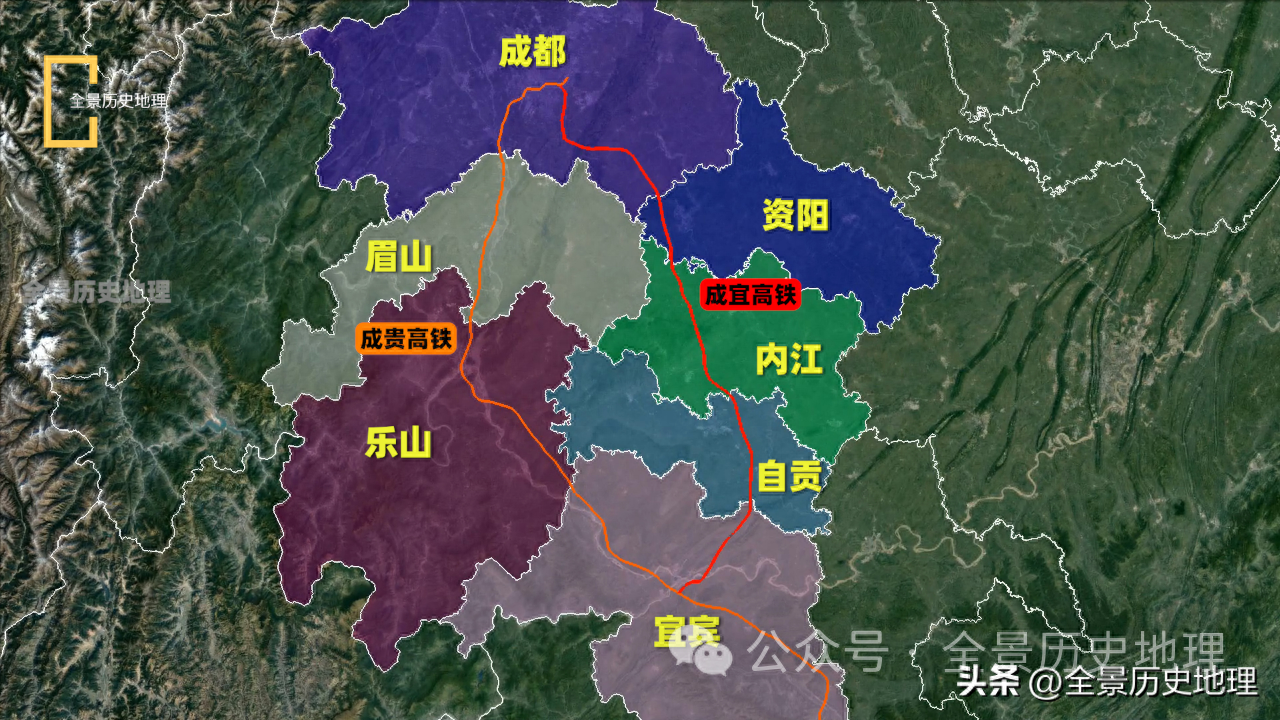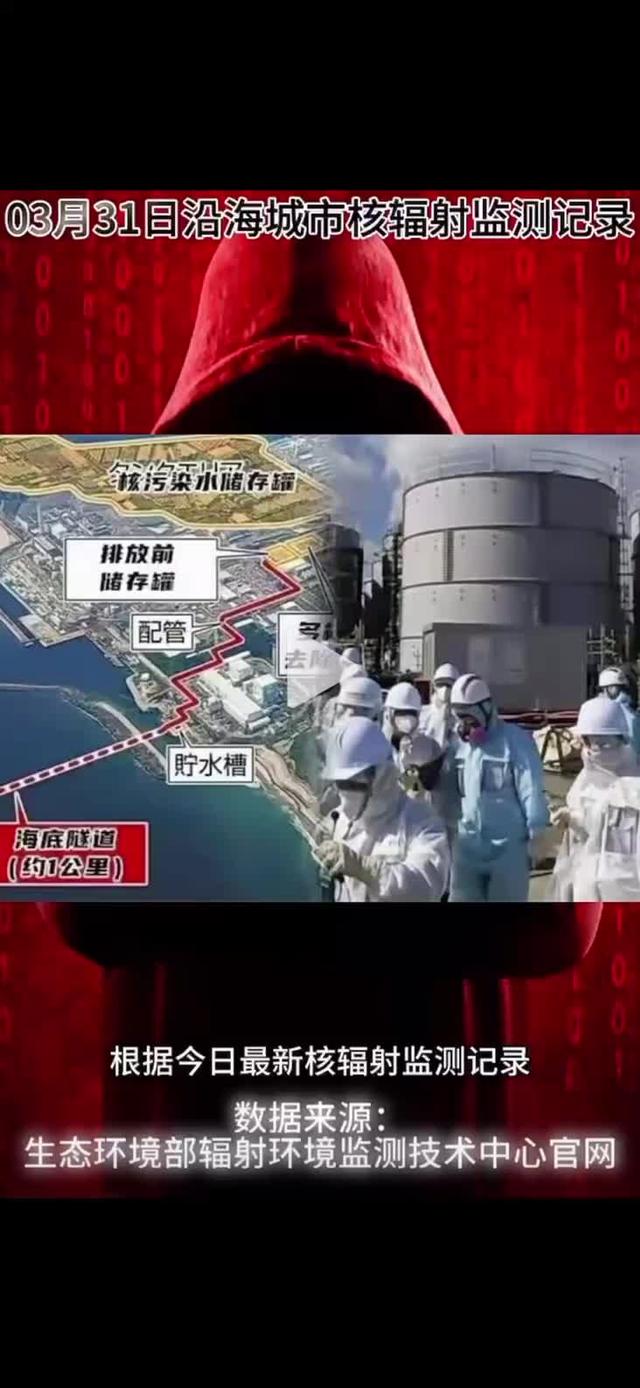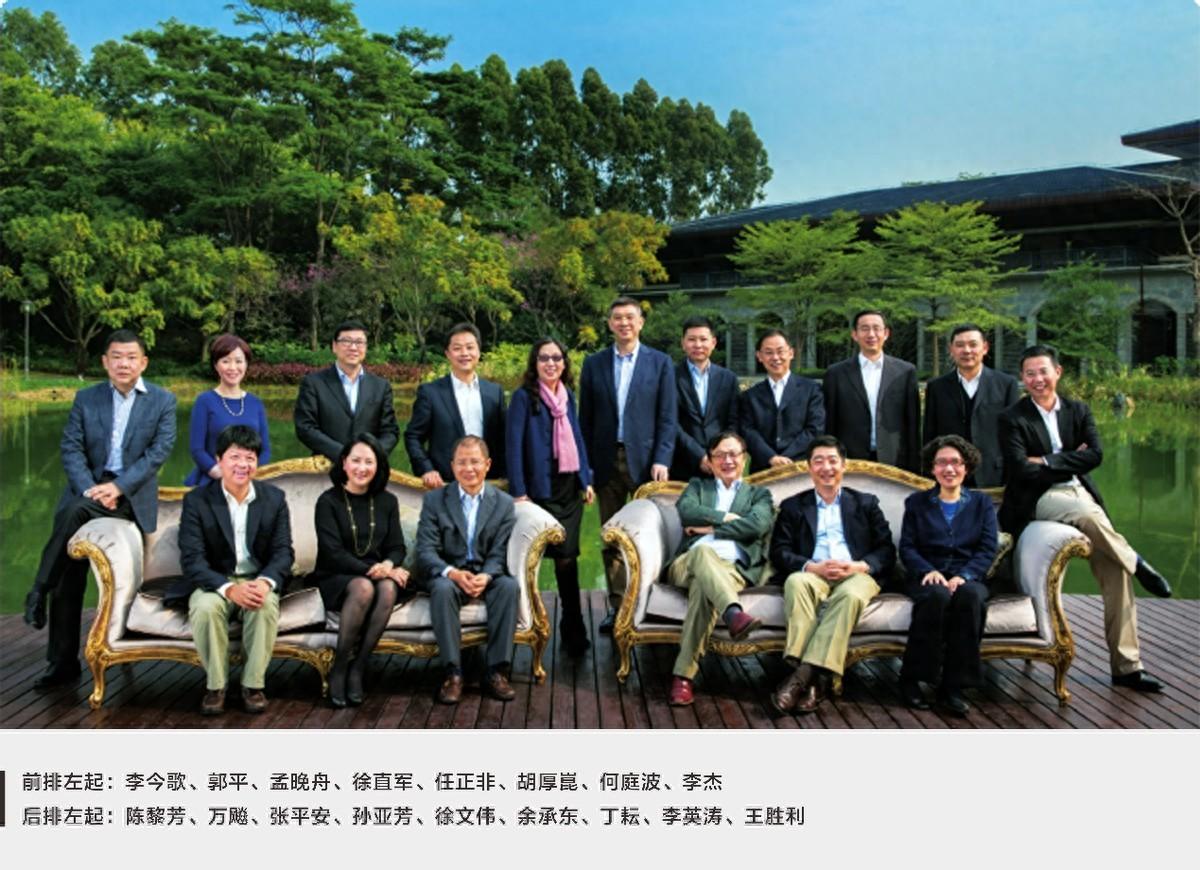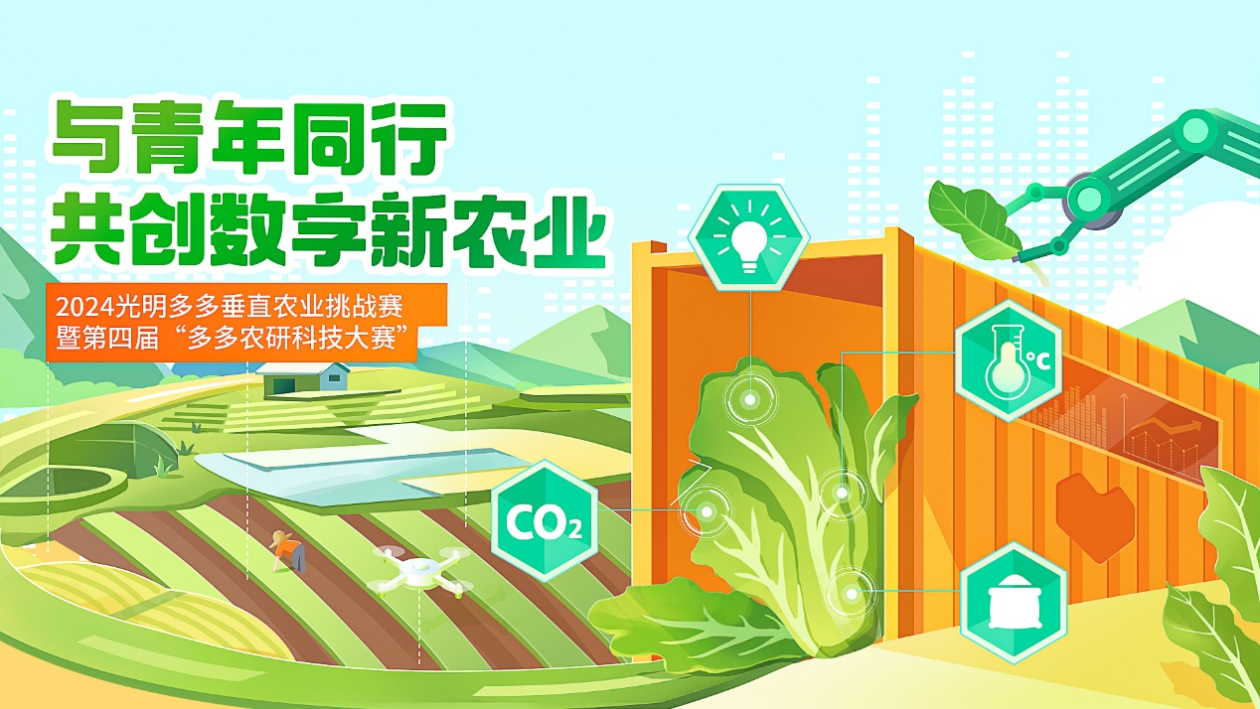Microorganisms or key factors affecting global warming
Technology Frontiers Beijing, May 26th (Reporter Deng Hui)How much carbon is in the soil on Earth? How does organic carbon form and long-term store in soil? Recently, researchers from Tsinghua University and Cornell University led an international team to carry out in-depth interdisciplinary research in the fields of ecology and computer science, using artificial intelligence and data assimilation technology to reveal the decisive role of microbial carbon use efficiency on global soil organic carbon storage. The above achievement is titled "Microbial carbon utilization efficiency promotes global soil carbon storage" and was recently published in the journal Nature
Technology Frontiers
Beijing, May 26th (Reporter Deng Hui)How much carbon is in the soil on Earth? How does organic carbon form and long-term store in soil? Recently, researchers from Tsinghua University and Cornell University led an international team to carry out in-depth interdisciplinary research in the fields of ecology and computer science, using artificial intelligence and data assimilation technology to reveal the decisive role of microbial carbon use efficiency on global soil organic carbon storage. The above achievement is titled "Microbial carbon utilization efficiency promotes global soil carbon storage" and was recently published in the journal Nature.
The amount of soil organic carbon stored on Earth is four times that of terrestrial vegetation, and even a small proportion of loss may accelerate global warming. Therefore, promoting soil carbon sequestration helps reduce the concentration of carbon dioxide in the atmosphere and is one of the natural solutions to address climate change.
The team introduced that traditional research mainly focuses on the impact of two mechanisms, plant organic carbon input and soil organic matter decomposition, on soil organic carbon. In recent years, new research has emphasized the crucial role of microbial processes in the formation and storage of soil organic carbon.
The research team took microbial carbon use efficiency as a variable, integrated the dual control mechanism of microbial processes on soil organic carbon storage, and discussed its relationship with global soil organic carbon storage. By combining a mechanism model describing complex soil carbon cycle with more than 50000 soil carbon observation data, the team found that microbial carbon use efficiency was positively correlated with soil organic carbon storage globally. The high proportion of carbon allocation to organic synthesis in microbial metabolism ultimately leads to the accumulation of soil organic carbon, rather than loss.
Research has found that microbial carbon utilization efficiency exhibits a global pattern of low latitude and high latitude, reflecting the adaptability of microbial physiology to temperature. In tropical regions, microorganisms reduce the proportion of carbon allocated to organic synthesis to adapt to the higher energy required for maintaining metabolism in high-temperature environments. "The team's self-developed 'process driven and data-driven fusion of in-depth learning modeling method' creatively uses artificial intelligence technology and process models to reveal the spatial pattern of soil carbon cycle process, which is crucial to the use of process models to reasonably simulate soil carbon storage." said Huang Xiaomeng, a professor in the Department of Earth system science of Tsinghua University.
The study also found that microbial processes play the most critical role in soil carbon storage. Accurately describing the spatial pattern of microbial carbon use efficiency is the key to accurately simulate the global soil organic carbon storage and spatial distribution, and its importance is more than four times that of other processes such as soil organic matter decomposition and plant carbon input.
Industry experts believe that this research integrates the world's largest soil organic carbon database, and combines advanced artificial intelligence and data assimilation technology to systematically assess the relative contribution of various soil carbon cycle processes to global soil organic carbon storage for the first time. The mechanism model constructed through research and the new paradigm of integrating ecological big data with artificial intelligence also provide new ideas for research in other related fields.
Disclaimer: The content of this article is sourced from the internet. The copyright of the text, images, and other materials belongs to the original author. The platform reprints the materials for the purpose of conveying more information. The content of the article is for reference and learning only, and should not be used for commercial purposes. If it infringes on your legitimate rights and interests, please contact us promptly and we will handle it as soon as possible! We respect copyright and are committed to protecting it. Thank you for sharing.(Email:[email protected])



















